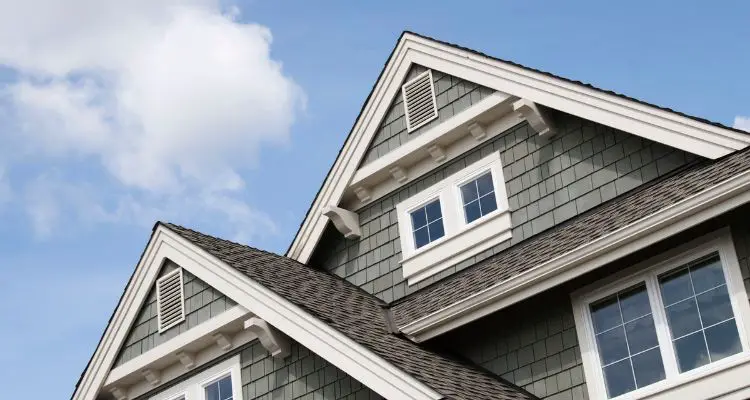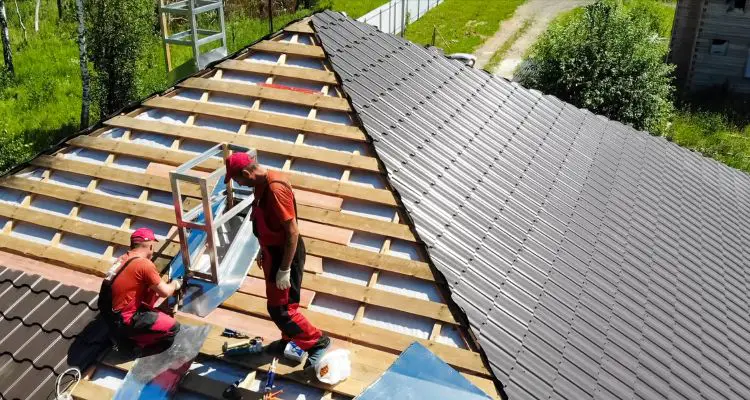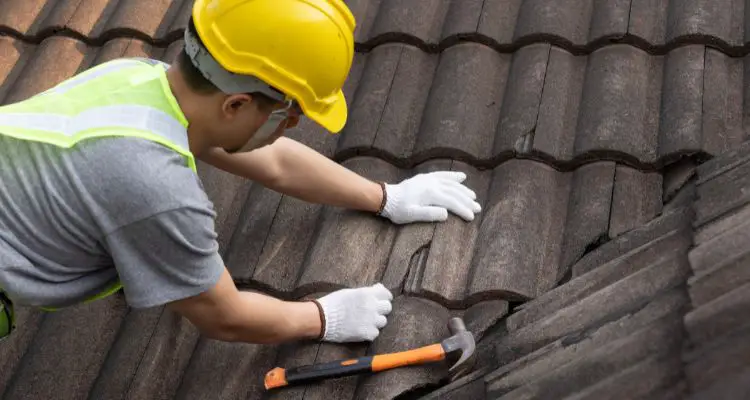Have you ever wondered when the best time of year is to replace your roof? It’s a question many homeowners ask, and it’s an important one. Timing really does matter when it comes to roof replacement. The season in which you choose to undertake this significant home improvement can have a big impact on the process itself.
Why does timing matter so much? Well, each season brings its own set of challenges and advantages when it comes to roofing work. From the heat of summer to the chill of winter, the time of year can affect everything from the installation process to the longevity of your new roof.
In this article, we’ll dive into the seasonal impact on roof replacement and help you understand why the timing is such a crucial aspect to consider. Whether you’re facing urgent repairs or planning a future renovation, getting to grips with the optimal timing for roofing is key. So, let’s explore how each season can play a role in your decision-making process and ensure that your roof replacement goes as smoothly as possible.
Seasonal Analysis for Roof Replacement

Spring
When we think of spring, we often picture mild weather and blooming flowers. In the world of roofing, spring can be an ideal time for roof replacement for several reasons, primarily due to its generally mild weather conditions. After the harsh conditions of winter, spring provides a much-needed window of moderate temperatures, making it easier for roofers to work and materials to be handled.
However, spring also brings its own set of challenges, particularly when it comes to weather unpredictability. This season is known for its rain showers, which can cause delays in roofing projects. Wet conditions aren’t just a nuisance; they can be a hindrance to roofing work, making surfaces slippery and unsafe, and potentially affecting the installation process of certain roofing materials.
Despite these challenges, spring often emerges as a favorable time for roof replacement. The milder temperatures make it comfortable for skilled professionals, and the longer daylight hours provide ample time for progress each day. It’s also a great time to assess any damage that might have occurred during winter and address it before it becomes a bigger problem.
Summer
Summer, with its long days and abundant sunshine, can seem like the perfect time for a roof replacement. One of the biggest advantages of choosing the summer months for this task is the extended daylight hours. Longer days mean more working hours, allowing roofing projects to be completed more quickly and efficiently.
However, summer comes with its own set of challenges, particularly the high temperatures. Intense heat can not only be challenging for the workers but can also impact the roofing materials. For instance, certain materials, like asphalt shingles, can become overly pliable and more susceptible to damage during installation in extreme heat. This can affect the quality of the roof installation and its long-term durability.
Additionally, the summer heat can lead to uncomfortable working conditions. Roofers have to take extra precautions to stay hydrated and avoid heat exhaustion, which might slow down the work pace. Moreover, scheduling can be tricky, as many homeowners tend to book their roofing projects during this time, making it a busy season for roofing companies.
Despite these challenges, summer remains a popular choice for roof replacement due to the generally predictable weather, barring occasional summer storms.
Fall
Fall is frequently hailed as the optimal time for roof replacement, and for good reasons. The season’s hallmark is its ideal weather conditions, which are often considered the most conducive for roofing projects. Let’s delve into why fall might just be the perfect time to tick roof replacement off your to-do list.
One of the key reasons fall is so favorable for roofing is the balance it strikes with the weather. Unlike the extreme heat of summer or the unpredictability of spring, fall typically offers cooler, stable temperatures. These conditions are not just comfortable for the roofing crew but are also ideal for the installation of roofing materials. For instance, shingles tend to adhere better in cooler weather, ensuring a more efficient and effective installation process.
Moreover, getting your roof done in fall means you’re preparing your home for the winter. It’s the time to address any damages or wear from the previous seasons and fortify your roof against the upcoming cold and snow. This pre-winter preparation can be crucial in preventing potential issues like leaks or insulation problems that are exacerbated by winter conditions.
However, just like other seasons, fall also has its rush. Many homeowners recognize the benefits of fall roofing, which can lead to a busy season for contractors. Therefore, it’s advisable to plan ahead and schedule your roofing project early in the season.
Winter
When it comes to winter, roof replacement can be a bit tricky, and it’s usually not the first choice for homeowners. The challenges of winter roofing are largely due to the cold temperatures and the potential for snow, which can significantly impact the roofing process.
First and foremost, cold temperatures can make roofing materials harder and more brittle, increasing the risk of breakage during installation. For instance, asphalt shingles, which are commonly used in many homes, can lose their flexibility in cold weather and may crack or break if they’re handled improperly. This makes the installation process more challenging and can affect the overall quality of the roofing job.
Snow and ice present another major challenge. Not only can they delay the start of the roofing project, but they also create a hazardous work environment. Clearing snow and ensuring the roof is dry and safe for workers adds an extra layer of difficulty to the project. Moreover, the presence of ice dams can hinder proper installation and can lead to long-term roofing problems if not addressed correctly.
Contractor Availability and Pricing

An often-overlooked aspect when deciding on the best time of year for roof replacement is the availability of contractors and how this influences pricing. As you plan your roofing project, understanding these dynamics can make a significant difference in both your experience and your budget.
Contractor availability tends to fluctuate throughout the year, largely influenced by the seasonal demand for roofing services. During peak seasons like late summer and fall, when many homeowners are eager to get their roofs done, roofing contractors are in high demand. This surge in demand can lead to longer wait times for your project to begin and sometimes even higher prices due to the increased workload.
Conversely, during the slower seasons, such as late winter and early spring, contractors may have more availability. This can be a double-edged sword. On one hand, you might be able to negotiate better pricing and enjoy more flexibility in scheduling. On the other hand, the weather conditions during these times might not be ideal for roofing work.
It’s also worth considering that some roofing companies offer discounted rates during their off-peak seasons as a way to keep their teams busy. This means that if you’re willing to tackle potential weather-related challenges, you could benefit from lower costs.
In summary, when choosing the best time for roof replacement based on contractor availability, it’s a balance between finding favorable weather conditions and capitalizing on less busy periods for potential cost savings. A good strategy is to plan ahead and schedule your roofing project at a time that aligns with both your personal preferences and the contractors’ availability, ensuring the best value for your investment.
Conclusion
In conclusion, there’s no one-size-fits-all answer to the best season for roof replacement. It’s about weighing the seasonal advantages and challenges against your unique situation.
By considering all these aspects, from weather patterns to contractor schedules, you’ll be better positioned to choose the optimal season for your roof replacement, ensuring a smooth and successful project. Remember, a well-timed roof replacement not only protects your home but also maximizes your investment in the long run.
Author Name: Howard Griner
 Author Bio: Howard Griner is a General Contractor with a Bachelor’s in Building Science from the University of Southern California. He specializes in large-scale renovations to fine-tuning the details of home repairs. His hands-on experience allows him to provide practical, real-world solutions to homeowners’ everyday problems.
Author Bio: Howard Griner is a General Contractor with a Bachelor’s in Building Science from the University of Southern California. He specializes in large-scale renovations to fine-tuning the details of home repairs. His hands-on experience allows him to provide practical, real-world solutions to homeowners’ everyday problems.


